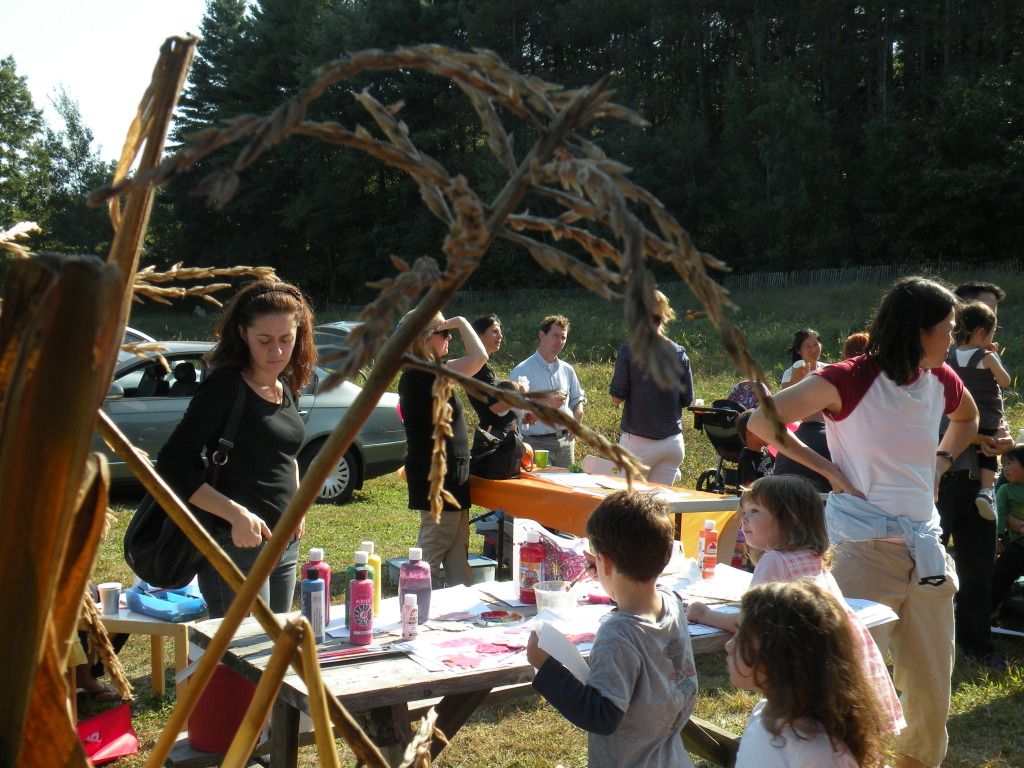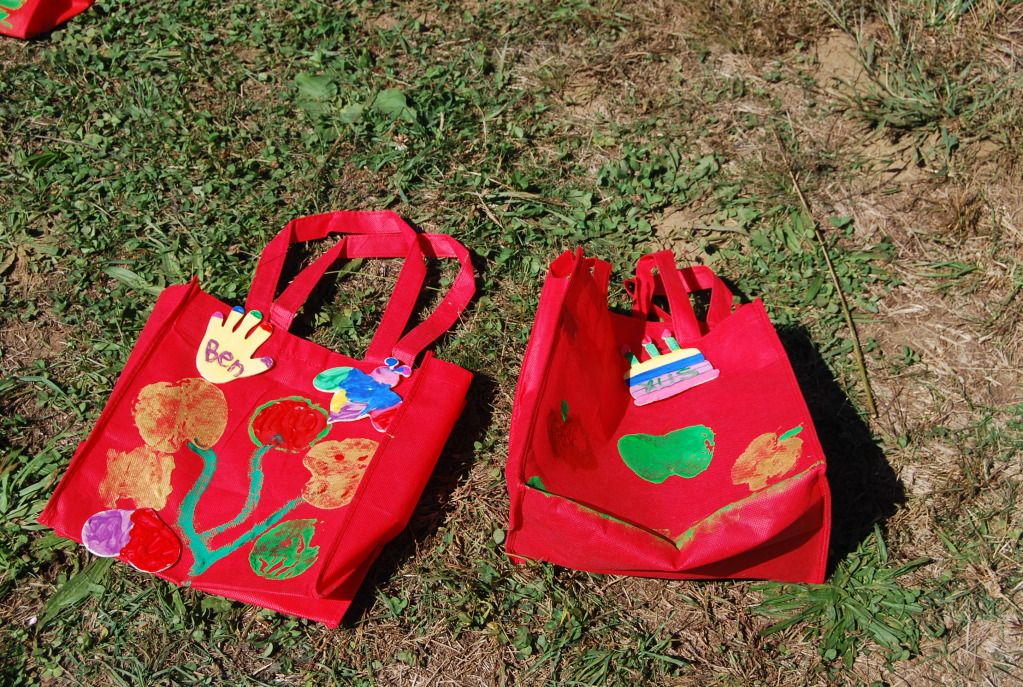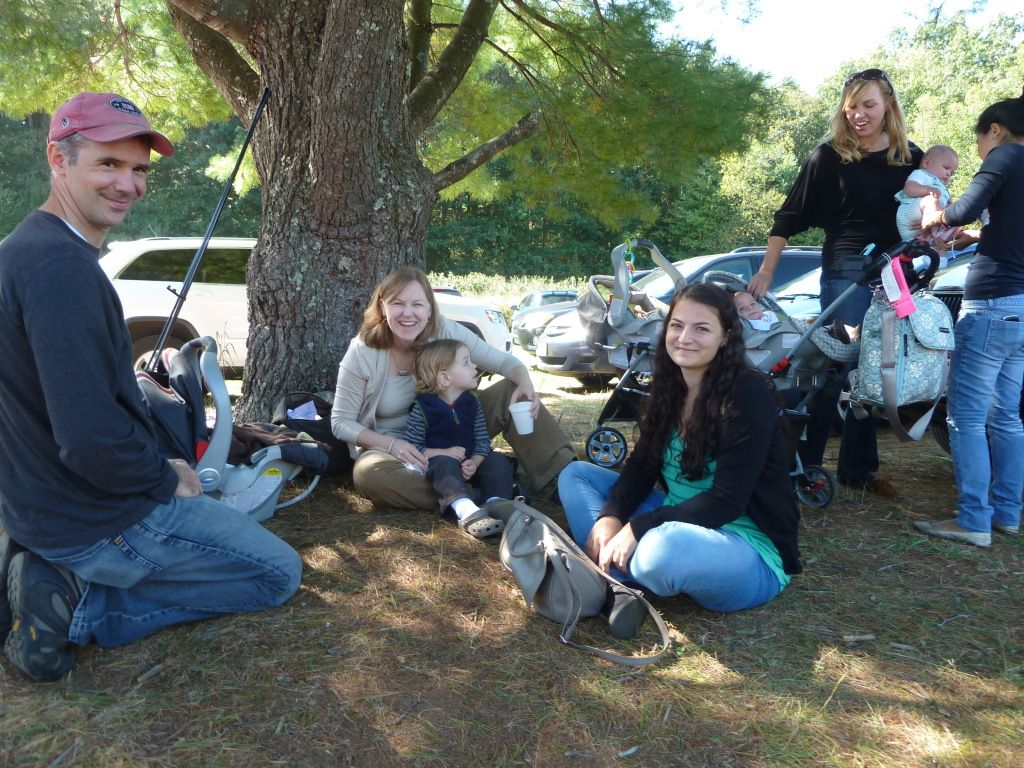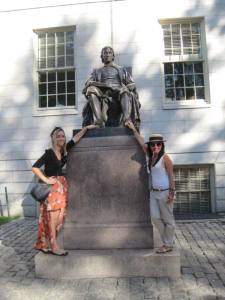It’s the time of year where the schedule changes and the lazy days of summer come to an end. This can mean changes to the au pair’s schedule. It is a good idea for host parents and au pairs to have a discussion about any changes including new school schedules, after school activities and homework expectations.
Of course one of the important aspects of being an au pair is keeping the children safe. Here are some back to school safety tips that I found on the internet:
Traveling to and from School
1. Plan a walking route to school or the bus stop. Choose the most direct way with the fewest street crossings and, if possible, with intersections that have crossing guards.
2. Walk the route with your child beforehand. Tell him or her to stay away from parks, vacant lots, fields and other places where there aren’t many people around.
3. Teach your child never to talk to strangers or accept rides or gifts from strangers. Remember, a stranger is anyone you or your children don’t know well or don’t trust.
4. Be sure your child walks to and from school with a sibling, friend, or neighbor.
5. Teach your kids — whether walking, biking, or riding the bus to school — to obey all traffic signals, signs and traffic officers. Remind them to be extra careful in bad weather.
6. When driving kids, deliver and pick them up as close to the school as possible. Don’t leave until they are in the schoolyard or building
7. If your child bikes to school, make sure he wears a helmet that meets one of the safety standards (U.S. CPSC, Snell, ANSI, ASTM, or Canadian). Research indicates that a helmet can reduce the risk of head injury by up to 85 percent.
8. If your child rides a scooter to school, make sure she wears sturdy shoes, a helmet, kneepads and elbow pads. Children under age 12 should not ride motorized scooters, according to recent recommendations from the Consumer Product Safety Commission.
9. Teach children to arrive at the bus stop early, stay out of the street, wait for the bus to come to a complete stop before approaching the street, watch for cars and avoid the driver’s blind spot.
10. Remind your children to stay seated at all times and keep their heads and arms inside the bus while riding. When exiting the bus, children should wait until the bus comes to a complete stop, exit from the front using the handrail to avoid falls and cross the street at least 10 feet (or 10 giant steps) in front of the bus.
11. Tell your child not to bend down in front of the bus to tie shoes or pick up objects, as the driver may not see him before starting to move.
12. Be sure that your child knows his or her home phone number and address, your work number, the number of another trusted adult and how to call 911 for emergencies.


 This year, 8 Boston area counselors organized the annual host family picnic at Carver Hill Orchard in Stow, MA. This event gives host families and au pairs the opportunity to meet other families and au pairs in the program. It also satisfies the State Department requirement to offer a host family workshop at least once per year. We offered handouts and discussions about topics related to the host family-au pair relationship, such as the adaptation process.
This year, 8 Boston area counselors organized the annual host family picnic at Carver Hill Orchard in Stow, MA. This event gives host families and au pairs the opportunity to meet other families and au pairs in the program. It also satisfies the State Department requirement to offer a host family workshop at least once per year. We offered handouts and discussions about topics related to the host family-au pair relationship, such as the adaptation process.









